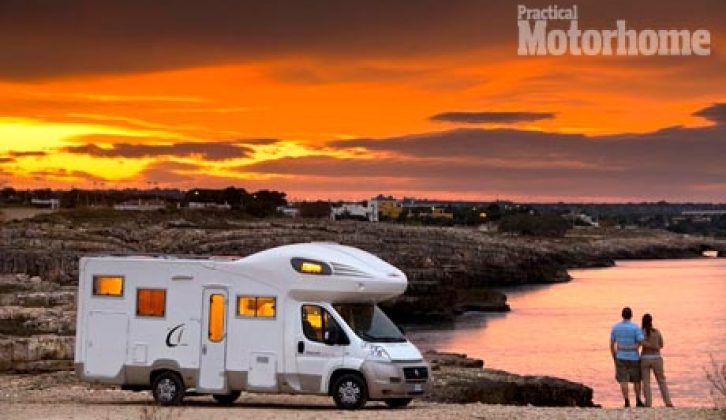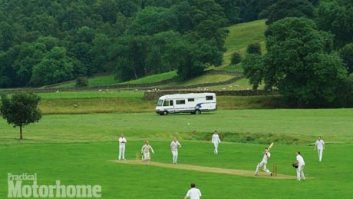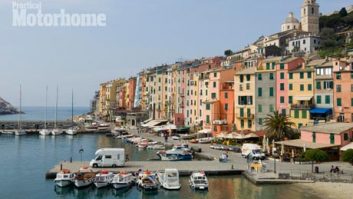[tl:gallery index=0 size=113×139]Liz Paterson is art editor of Practical Motorhome. She’s the one who designs the magazine and chooses which pictures we publish. She has toured all over the UK and mainland Europe in motorhomes down the years, overseeing our photoshoots. This is her new blog series ‘Picture of the Week,’ in which she selects a striking image from our picture library archive.
Photograph by
David L F Smith
Where in the World?
Near Polignano a Mare, Puglia, south west Italy
When was it published?
Practical Motorhome, April issue, 2008
What Motorhome?
CI Mizar G Living
[tl:gallery index=1 size=460×277]
Why tour here?
Rob Ganley says:
“The tiny coastal town of Polignano a Mare is in Italy’s south-west region of Puglia, the stiletto-like heel of the country. While England shivered through temperatures approaching freezing in the middle of winter (2007/2008), we were wandering around in shorts and T-shirts. It’s a great alternative to running to Spain or Portugal for the winter sun.
“Puglia is a region rich with local food, customs and architecture that elevate it above many more popular European destinations. Polignano a Mare is a little coastal town that remains largely unchanged by tourism. From the bridge over the Cala Porto, it’s got a perfect view of the white cove below. We parked the Mizar just off the main road, where there’s a car park without height barrier and about 40 spaces large enough to park a big rig free of charge in the low season.
“We stayed for four days at the open all year Camping Atlantide on the SS379, some 20 miles south of Bari. It’s a site run by the De Mattia family. There are 100 touring pitches and all were nicely shaded, with facilities that are basic but cosy. In low season, only a few other long-term caravanners shared the site with us. In high season you can picture the site as a hive of activity, particularly around the swimming pool area.
“We’d advise you to avoid Bari in big rigs at all cost, or if it’s your only transport, approach from the coastal road and use the roadside pay-and-display parking down by the seafront outside the city walls.
“Finally, be sure to take in the single most iconic image of the region – the Trulli. What’s a Trulli? It’s a whitewashed cylindrical dwelling with a grey roof that tapers to a point, which is often daubed with a symbol or sign in white paint.
“Trullis are a unique local attraction and rightly protected by UNESCO world heritage laws. No one is quite sure where they came from or why, but the best guesses are to do with high taxation on property – they were traditionally built without cement or mortar from local limestone so they could quickly be dismantled when tax inspectors arrived in the area.
“The region’s Trulli epicentre can be found at the town of Alberobello, where there are around 1500 clustered together – the effect from a distance or on high is stunning, and stops you in your tracks. Two large, cobbled car parks right at the foot of the Trulli conurbation allow plenty of parking space for big rigs, and can be approached from Largo Martellotta or Via Indipendenza.”











